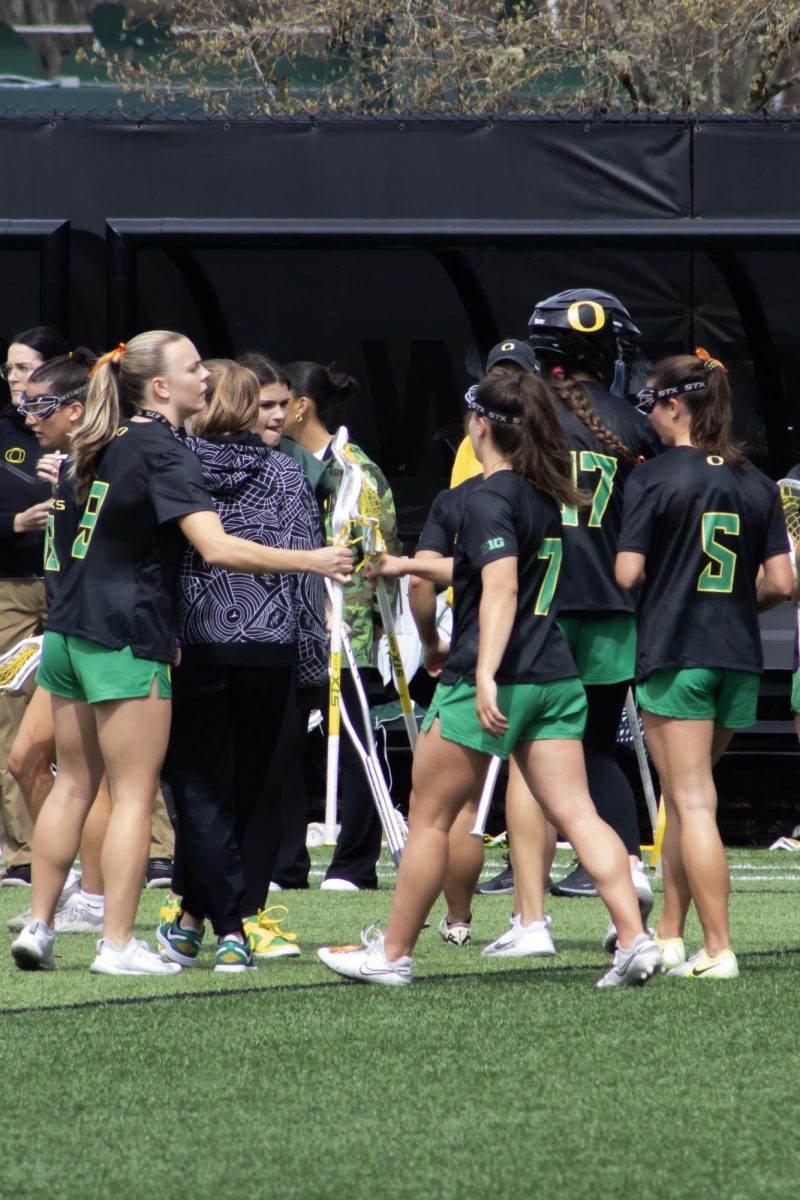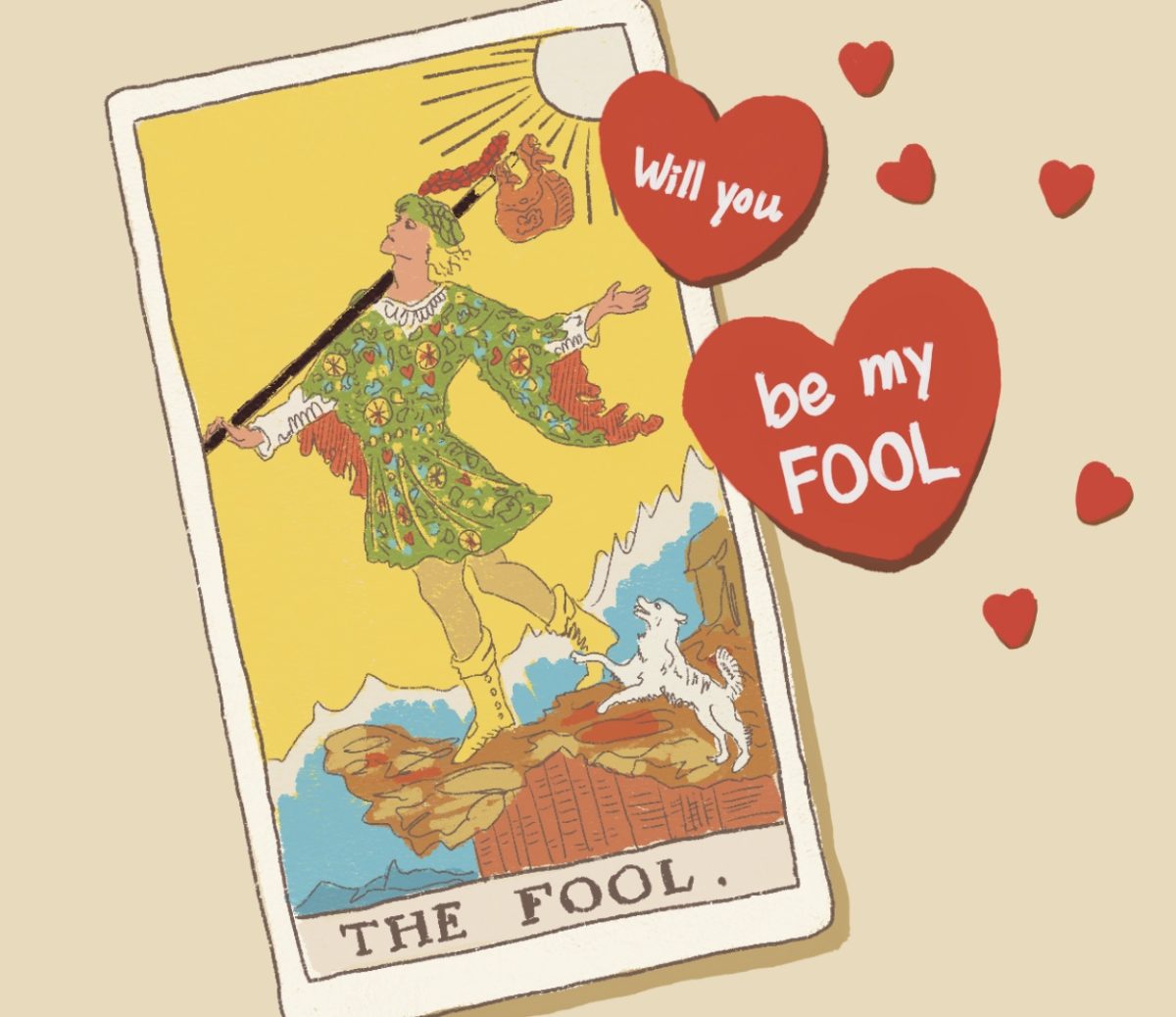Opinion: Television producer and writer Shonda Rhimes masterfully creates complex characters of color who aren’t solely rooted in their racial identity.
———-
In our current era of cancel culture and seemingly forced representation, finding television shows that accurately portray characters of color are few and far between. Today’s network television often either casts POC characters into exhausted stereotypes and tropes or makes the character’s racial struggles their entire plotline in a failed attempt to be overly woke.
However, amid the endless muck of these tired characters and shows emerges a star: Shonda. Shonda Rhimes is one of television’s most successful and established writers and producers, responsible for endless fan favorites such as “Grey’s Anatomy,” “How to Get Away with Murder,” “Scandal” and even recent hit “Bridgerton.”
Not only do these shows feature endless drama and romance, they also boast some of the most well-written characters of color to ever grace our screens. Rhimes has the artful skill of making her characters of color complex. Their racial identities are important, but it compliments the characters rather than overriding their individuality. Since her release of “Grey’s Anatomy” almost 20 years ago, Rhimes has created so many unique characters of color that also indirectly celebrate their culture without being the entire show.
One of Rhimes’ most successful works, “Scandal,” is a political drama centered around the escapades of Olivia Pope, a high-up White House communications worker. Not only was “Scandal” the first show centering a Black female lead in primetime TV in over 40 years, which is groundbreaking on its own, but it also received high praise for the complexity of Olivia Pope’s character.
We watched Pope go from power-playing with high class politicians to having salacious affairs with the leaders of the United States. Pope’s character was imperfect, but still strong and confident in a way that Black women are so rarely portrayed on television. No, we don’t all sleep with the president or rig elections, but the messiness and complexity of her character is something women of all races experience in real life, and something Black women deserve to see on screen.
Had Rhimes focused solely on Pope’s race in this series, the character would have lost her dimensionality and relatability. Instead, Pope stood on her own, and “Scandal” was one of the first widely watched network shows to have Black women as main characters instead of just being the snappy sidekick to a White lead.
Rhimes’ new show, “Bridgerton,” also includes the same complicated and interesting characters of color. While the period piece is set in a time in England where most of the royal figures the actors portray would have been White, Rhimes chose to do colorblind casting and included many POC characters in both seasons.
All the characters have equally tantalizing storylines, and one of season two’s favorites has been the arrival of two Indian sisters, Kate and Edwina Sharma. The Sharma sisters enjoy the same romance and dramatic twists as their fellow characters while also providing representation in a way that doesn’t detract from the story’s plot.
Rhimes subtly celebrates the Sharma sisters’ Indian culture in “Bridgerton,” decking the pair out in traditional Indian jewelry and nodding to the pre-wedding ritual in Hindu weddings in Edwina’s marriage scene. Moreover, rather than exploit the characters of color for easy plotlines about adversity they would have faced in the England of that era, Rhimes creates a colorblind world. An NPR review called it “a fantasy realm where no racial digs are heard.”
This is the perfect way to include characters of color in drama television. Rhimes’ shows are almost all modern-day soaps, so we watch them for pure enjoyment and escapism. When people turn on a Netflix drama to unwind after a long day, we want to see romance and light-hearted drama, not the traumatization of characters of color and racial stereotypes.
Rhimes has found the perfect balance of providing representation to racial groups who don’t often see themselves in lead roles, while still allowing the characters to be their own, free of the constraints the media has put on their identities.













